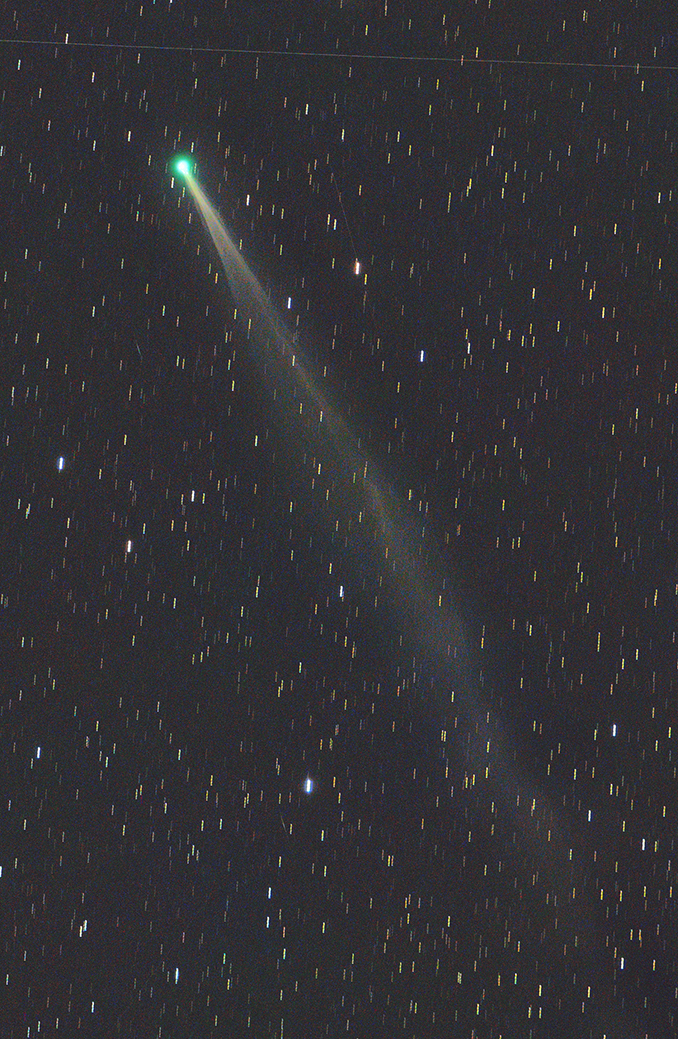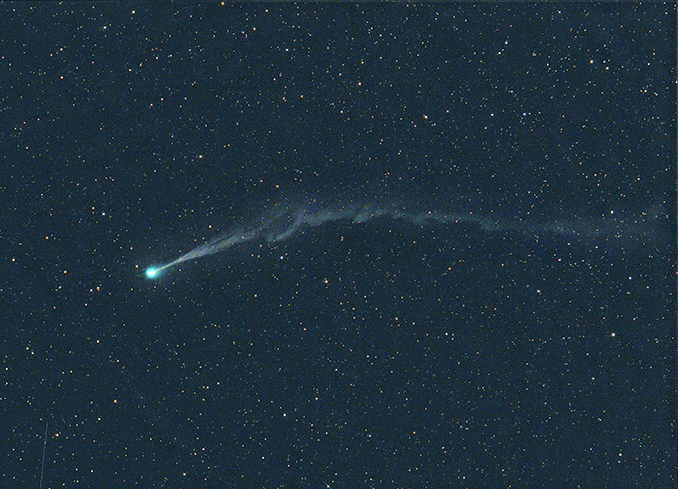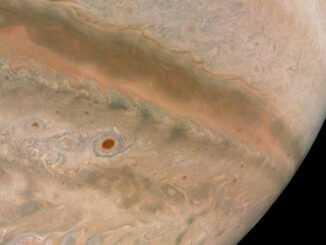
Comet C/2023 P1 (Nishimura) is shining at around magnitude +6 as it zeros-in on closest approach to Earth, at distance of around 125.3 million kilometres (0.838 AU) on 12 September. It’s closest to the Sun (perihelion passage) on 17 September, at a distance of 32.9 million kilometres (0.22 AU).
Currently it lies low in the pre-dawn sky in Leo and it’s slipping further into the twilight mire each morning as it gets ever closer to the Sun. However, it’s brightening steadily. This week is your last chance to spot it in the pre-dawn sky before closest approach.

Comet expert Jon Shanklin reports Comet C/2023 P1 (Nishimura) is now visible in binoculars from good sites; he comments further “but was difficult from Cambridge in 20 x 80 binoculars on August 30 even though it was magnitude +7.1. It was slightly easier on August 31 at +6.9, despite some cirrus cloud. It is small and well condensed”. The comet looks spectacular in images here shot by Michael Jaeger early this month from Austria.
Comet C/2023 P1 (Nishimura) transfers to the early-evening sky after close approach, though its elongation from the Sun is only 12 to 15 degrees. There is a slim chance to spot it in strong twilight about 40 minutes after sunset between 13th and 18th September, lying just 6° or so high in the west-northwest. Some estimates have Comet C/2023 P1 (Nishimura) at magnitude +2.8 at this time; even if that’s correct, it will be hard to see.




